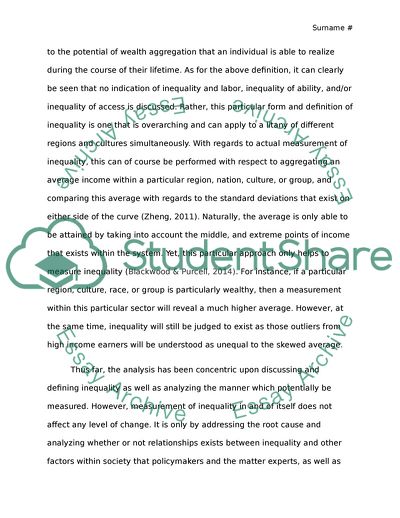Cite this document
(Sociological Perspectives Relating to Intercultural Inequality Article Example | Topics and Well Written Essays - 3500 words, n.d.)
Sociological Perspectives Relating to Intercultural Inequality Article Example | Topics and Well Written Essays - 3500 words. https://studentshare.org/anthropology/1842192-define-and-research-a-contemporary-intercultural-conflict
Sociological Perspectives Relating to Intercultural Inequality Article Example | Topics and Well Written Essays - 3500 words. https://studentshare.org/anthropology/1842192-define-and-research-a-contemporary-intercultural-conflict
(Sociological Perspectives Relating to Intercultural Inequality Article Example | Topics and Well Written Essays - 3500 Words)
Sociological Perspectives Relating to Intercultural Inequality Article Example | Topics and Well Written Essays - 3500 Words. https://studentshare.org/anthropology/1842192-define-and-research-a-contemporary-intercultural-conflict.
Sociological Perspectives Relating to Intercultural Inequality Article Example | Topics and Well Written Essays - 3500 Words. https://studentshare.org/anthropology/1842192-define-and-research-a-contemporary-intercultural-conflict.
“Sociological Perspectives Relating to Intercultural Inequality Article Example | Topics and Well Written Essays - 3500 Words”. https://studentshare.org/anthropology/1842192-define-and-research-a-contemporary-intercultural-conflict.


